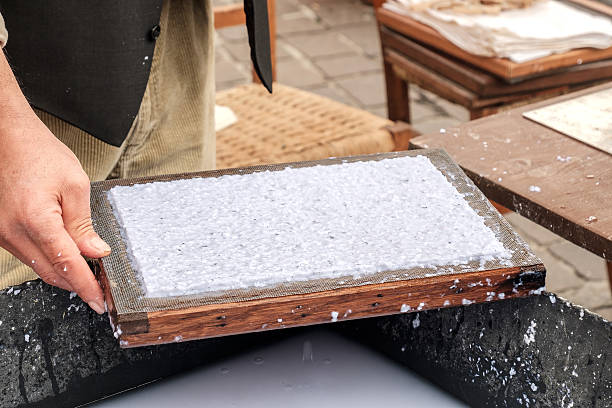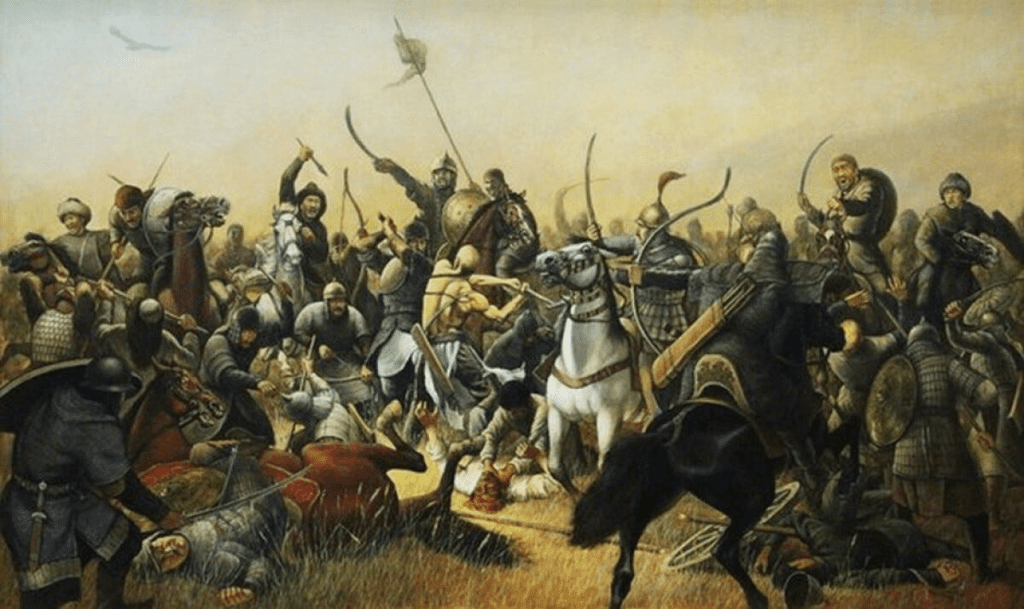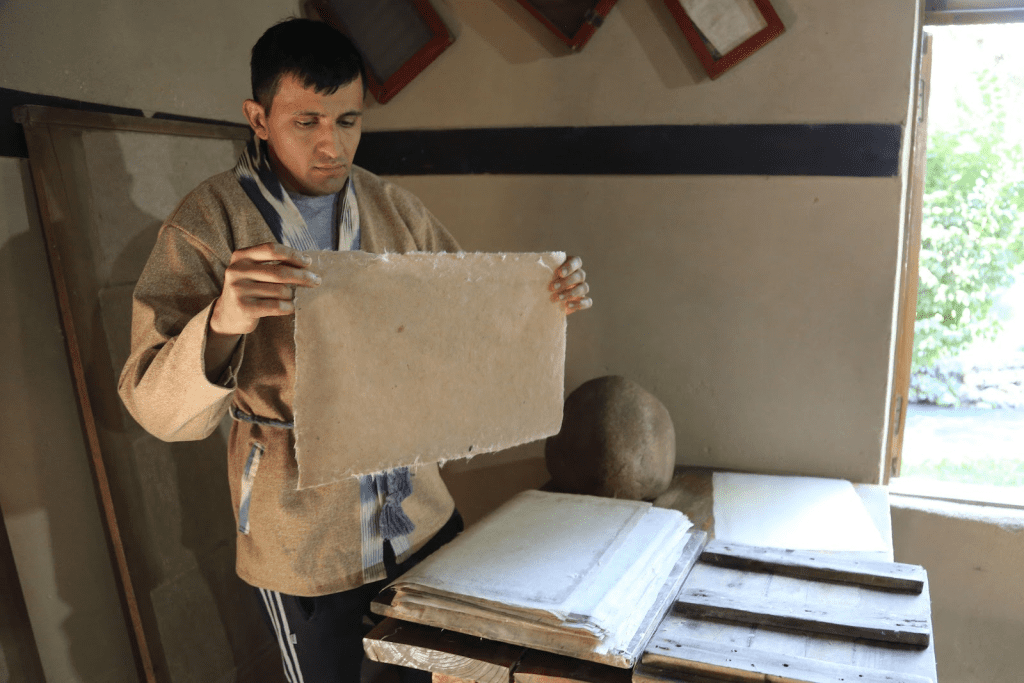In the grand sweep of history, wars are often remembered for their bloodshed, their conquests, and their shifting borders. But once in a while, a battle changes something deeper something that quietly alters the course of humanity forever. One such moment occurred in 751 CE during the Battle of Talas, a clash between the forces of the expanding Abbasid Caliphate and the Tang Dynasty of China. While it may seem like just another military engagement, the true legacy of Talas lies in something far more lasting: the spread of papermaking.

A Battle on the Edge of Empires
The Battle of Talas took place near the Talas River in present-day Kyrgyzstan. It marked the westward reach of the Tang Empire and the eastern ambitions of the Arab world. Both powers sought control over Central Asia a critical region for trade, influence, and power. Though the Arabs ultimately defeated the Chinese, it wasn’t the loss of territory that proved historic.

During the aftermath of the battle, Arab forces captured several Chinese artisans and officials, including men who carried with them one of China’s most carefully guarded secrets: the art of making paper.
Papermaking: A Precious Chinese Secret
China had been producing paper since the 2nd century CE, thanks to innovations by court eunuch Cai Lun, who refined techniques involving mulberry bark, hemp, and rags. This new medium was cheaper, lighter, and easier to use than bamboo strips or parchment, making it ideal for record-keeping and literature.
Video:
Chinese paper making process explained
However, China closely protected the methods of papermaking, and for centuries, it remained an exclusive Chinese advantage. The Tang Dynasty knew the value of the craft not just as a writing surface, but as a powerful tool of bureaucracy, communication, and culture.
From Captive to Catalyst: How the Knowledge Spread
The captured Chinese papermakers brought their techniques to Samarkand, a vibrant city along the Silk Road. There, under Arab influence, they set up the first paper mills outside of China. These mills began producing paper using traditional Chinese techniques, adapted to local materials and needs.
From Samarkand, papermaking spread rapidly across the Islamic world to Baghdad, Damascus, Cairo, and beyond. The Muslim world embraced the innovation wholeheartedly, establishing schools, libraries, and record systems that relied on this versatile medium. The golden age of Islamic science, philosophy, and literature blossomed in part because paper made knowledge easier to share and preserve.

Paper Reaches Europe: A Quiet Revolution
By the 12th century, papermaking had made its way into Europe via Islamic Spain and Italy. At first, it was met with resistance many Europeans favored parchment, seeing paper as cheap or even heretical. But the advantages were undeniable: it was more affordable, easier to produce, and could be made in bulk.
Video:
This Ancient Paper Can Last 1000 Years. So Why Is It Disappearing? | So Expensive | Insider Business
Soon, paper replaced parchment, fueling the rise of universities, scientific thought, legal systems, and, ultimately, the printing press in the 15th century. The dissemination of ideas accelerated at a scale never seen before.
From religious texts to scientific treatises to philosophical arguments, paper carried it all becoming the backbone of what we now call the Renaissance, the Enlightenment, and the Scientific Revolution.
An Accidental Turning Point in Human History
What began as a wartime accident a handful of skilled captives taken after a battle became a turning point in global history. The transfer of papermaking knowledge might never have happened had it not been for the Battle of Talas. While empires clashed for power, an invisible revolution was quietly set in motion one that would outlast kingdoms and change the very fabric of civilization.

The Real Legacy of Talas
Today, few people remember the specifics of the Battle of Talas. But we all live with its consequences. Every time we flip through a book, jot down a note, or read a document, we are touching a legacy born not of invention, but of transmission the passing of knowledge across borders, through conflict, and into the hands of a wider world.
It reminds us that ideas, once shared, are unstoppable and sometimes, the most profound revolutions begin with something as simple as a blank sheet of paper.


